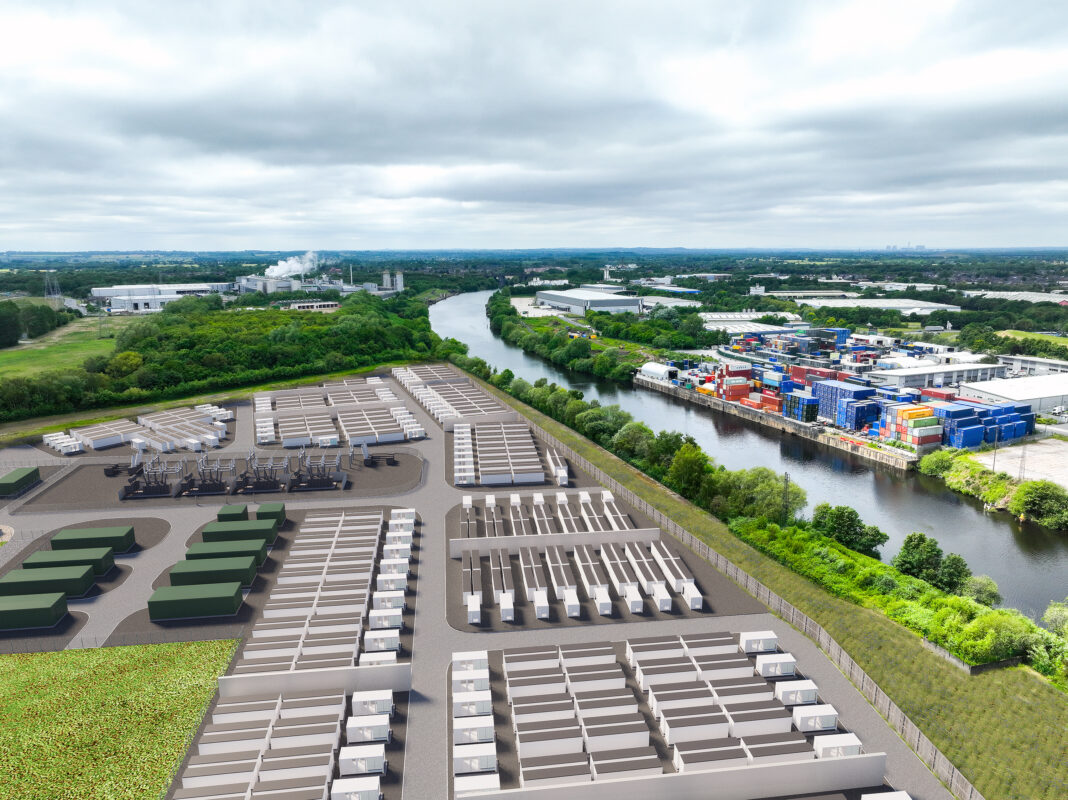
The UK is in the middle of a massive overhaul of its queue system for connecting projects to the grid, and BESS is one of the most oversubscribed technologies, leading to a “nervousness” for a lot of projects, law firm Freeths said.
The National Energy System Operator (NESO) is set to release its final proposals tomorrow, for review by regulator Ofgem, and implementation of the changes – explained in our blog earlier this week on sister site Current – are set to start in May 2025, and may see the entire 739GW queue change in order and size.
Enjoy 12 months of exclusive analysis
- Regular insight and analysis of the industry’s biggest developments
- In-depth interviews with the industry’s leading figures
- Annual digital subscription to the PV Tech Power journal
- Discounts on Solar Media’s portfolio of events, in-person and virtual
Freeths’ clean energy knowledge lead Shraiya Thapa said that battery energy storage systems (BESS) may be one of the technologies where the changes, which are putting more requirements around project readiness and ‘strategic alignment’ with the UK’s decarbonisation roadmap, will have the most impact.
“It’s clear from the government’s targets and the current pipeline to 2030 that BESS is one of the most oversubscribed technologies in the connection queue, so there’s a nervousness for a lot of those projects as there could definitely be a high attrition rate,” she said.
There are some 45.7GW of BESS projects that both have a grid connection and are in the planning process, according to figures from Solar Media Market Research’s UK Battery Storage Project Database Report. Of that, 30.7GW is approved and 15GW is awaiting decisions.
‘Put your project in the best position possible’
Though there is still a lot of uncertainty around how NESO will make decisions on what happens to individual projects, there are many steps that developers can take and are taking to prepare, Thapa explained.
“If you have a project in the works, right now it’s about looking at what is publicly available to help you determine what your queue position might be like,” she said. “That includes looking at CP30’s figures for your region, planning databases, and hopefully early next year, information from NESO about individual grid supply points, and at the same time trying to put your project in the best position it can be in.”
Individual grid supply points, and what NESO thinks can realistically be accommodated where, will be important. Solar Media Market Research databases show that the two busiest substations are East Claydon and Cottam, with over 2.5GW waiting to connect, each.
Thapa: “Some developers will be much more adversely affected than others depending on the makeup of their portfolios and some will welcome potential advancements of their projects’ queue positions.”
One big aspect of proving ‘project readiness’ is showing you have secured the land necessary for a project, while another question prompted by the reforms concerns assessing how flexible your BESS supply arrangements are, in cases where companies both develop and build their projects.
“From a legal perspective, the next few months will be about negotiating and settling your land rights position and thinking about the wider contractual package around your project, and whether there is contingency built in and flexibility for timeline changes in particular or whether that’s a conversation you need to be having with your counterparties,” Thapa said.
Finer details still need clarity
“I think developers in general agree with the sentiment of the process and what it is trying to achieve, but there are some finer details which they are concerned about which hopefully we will have more clarity on soon,” Thapa said.
One of those is that projects that are ‘under construction or due to commission by 2026’ are exempt from the reforms, but details on whether that just means a ‘spade in the ground’ or something more substantial are needed, she added.
Solar Media Market research figures show that 6GW of BESS is under construction, for example. That will add to the roughly 4.5GW of grid-scale capacity that is online today.
Other criteria for exemptions revealed recently include having a Contract for Difference (CfD) or capacity market (CM) contract, or achieving planning permission, by the time NESO starts implementing the reforms in May 2025 (if approved).
Thapa: “But if you don’t fall under the additional criteria or exemptions, and even with all the information that is publicly available to estimate your position, you are to an extent relying on rolling the dice for the outcome of how ‘needed’ you are as a project.”
“It will depend on the stage and nature of individual projects but there will no doubt be difficult questions for developers to work out how much time and investment to put into projects now pending the outcome of the process.”

